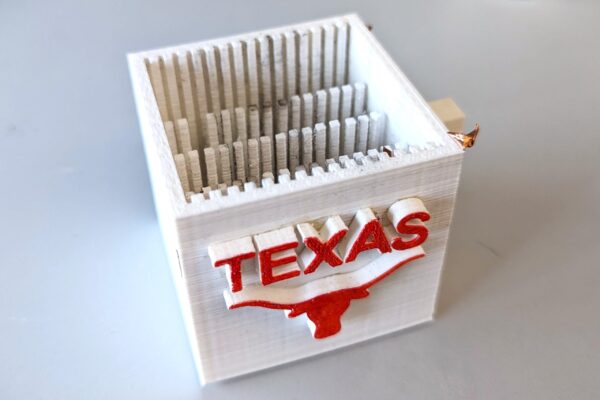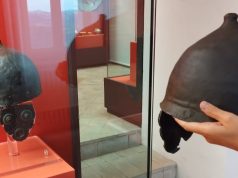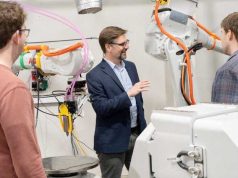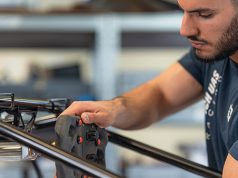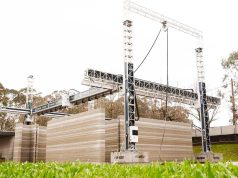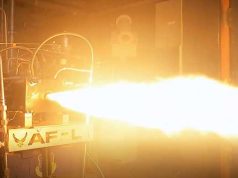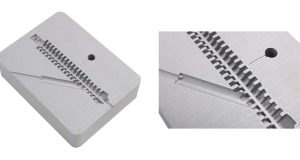Scientists at the University of Texas at Austin have developed a portable water purifier as a 3D-printed prototype. This can remove 99997 percent of E. coli bacteria from natural stream water. This makes the water drinkable.
“We are able to clean water using very little energy because we steer the bacterial cells with electric fields, and most bacterial cells are natural swimmers who propel themselves to electrodes and got captured alive,” said D. Emma Fan, an associate professor in the Cockrell School of Engineering’s Walker Department of Mechanical Engineering, who led the research published recently in ACS Nano.
At its heart is a “branched” electrode made of graphite foam. Inspired by the root system of a tree, this patent-protected electrode, when activated, attracts bacteria to “swim” into its branches.
Manufactured for less than $2, the device is not only efficient, but cost effective. The application process is simple: dip the cup equipped with the electrode into the water, give it a jolt of electricity, wait, and the purified water is ready to drink.
The team now plans to optimize the cup design and further simplify the handling of the electrodes. Unlike existing water purification methods, which are often unreliable during natural disasters, this device offers an effective solution with low energy costs.
The electrode used in the device was originally developed for supercapacitors. Estimates that Texas’ population will double by 2050 and the need for post-Harvey resilience research motivated Fan to focus her work on natural disasters.
In the event of a power outage or a hint of boiling water, a person who owns a device with this technology could drive to a stream or river, connect it to the car battery via a simple DC to AC converter, and purify the water to take home as a drinking water supply. It can also be powered by solar panels using the same principle.
“When our water infrastructure is down — no water, no gas and no electricity — we need point-of-use devices for cleaning water we can get out of ponds, streams or rivers,” Fan said. “We believe our device can someday fill that need.”
Subscribe to our Newsletter
3DPresso is a weekly newsletter that links to the most exciting global stories from the 3D printing and additive manufacturing industry.



